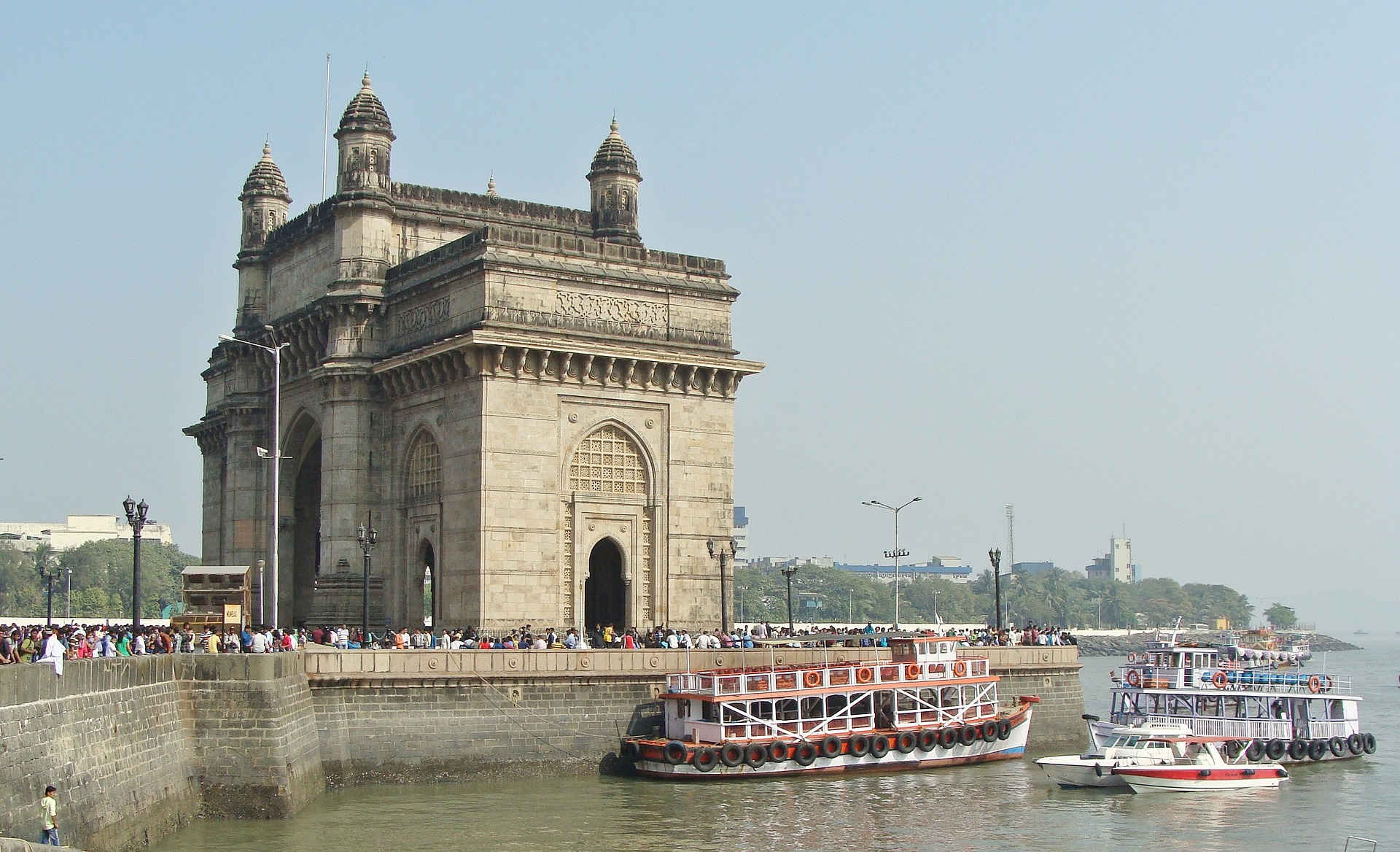Click image for more
Mumbai
- Cultural diversity- although the dominant religion in Mumbai is Hinduism, there is a large Muslim and Christian community. As a result, the city celebrates a wide range of festivals like Diwali, Ramadan and even celebrate the pride festivals.
- Economic inequality- There is a huge problem in Mumbai, where approximately 55% of the population live below the poverty line which is being defined by the World Bank as living on less than $1.25 a day. This can be seen with the shantytowns like Dharavi, where there is poor waste management and a lack of running water. It also has places that are closed to those of the rich. For instance, Mukesh Ambani Antilla house worth $1 billion is 9 miles away from Dharavi and makes it the second most expensive building in the world after Buckingham Palace.
- Social segregation- where the underlying segregation has its historical reasons. When the British set up the British Raj in 1856, they wanted Mumbai to have a similar class system to that of the British, so it introduced the caste system which prior here this was not taken seriously, so had introduced it into the law. This put Dalits at the bottom and the Brahmins at the top. Also, the British Raj wanted to develop Mumbai into a city because of its close proximity to the sea, so segregated the Dalits to Dharavi further away from the CBD. As a result, when new rural urban migrants moved to Mumbai, the Dalits were forced to live in Dharavi, which is how to grow. This class segregation meant that some people were not able to have access to some services like education and healthcare similar to the segregation between the black and white people in the US.
Strategies
- Economic inequality- vision Mumbai was citywide project which a part of it was where private developers could buy slumberland 25% cheaper than the market price. They then developed the land by building multi-Storey properties on it and had to set aside a portion of those units that would be given to some of the slum dwellers for free. The eligible participants would have to prove that they have lived in the slum prior to the 1st of January 2000. The rest of the units were then sold as properties by the developer for a profit. However, in order to maximise profit margins, the developer would often build the free housing units at a much lower quality in order to reduce costs. Also, it was very difficult for a participant to prove that they had been at the slum prior to the 2000 because of the lack of census and any other official records.
- Cultural diversity- in order to improve relations between the Hindu and Muslim population, there have been inter community gatherings where Muslims and Hindus come together to learn about each other’s cultures.
- Social segregation- one way to improve this was through the creation of the NGO cooled the Dalit Indian Chamber of Commerce and industry, which is an organisation which promotes Dalits entrepreneurs. It provides them with the necessary resource and knowledge is to create a thriving business.
